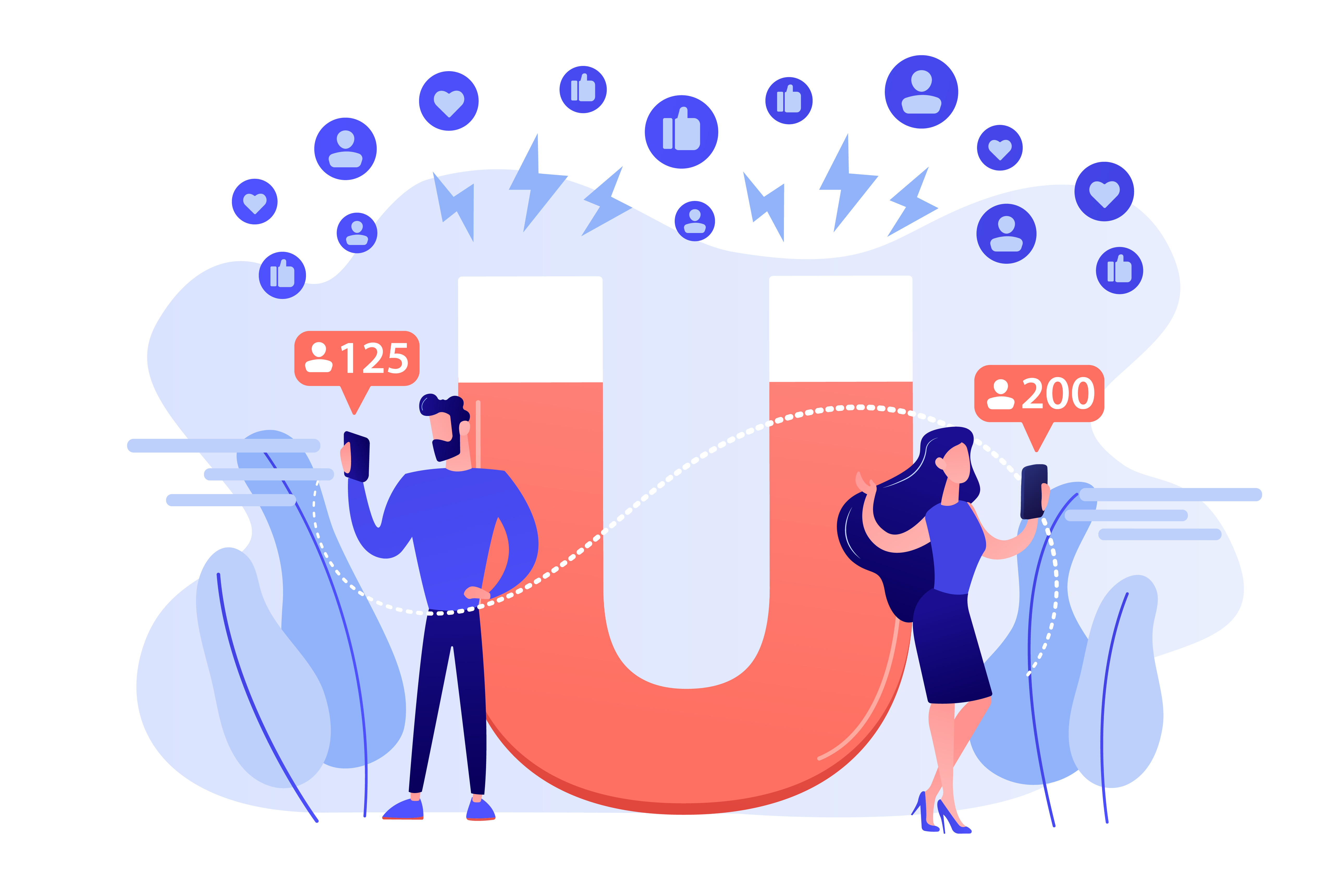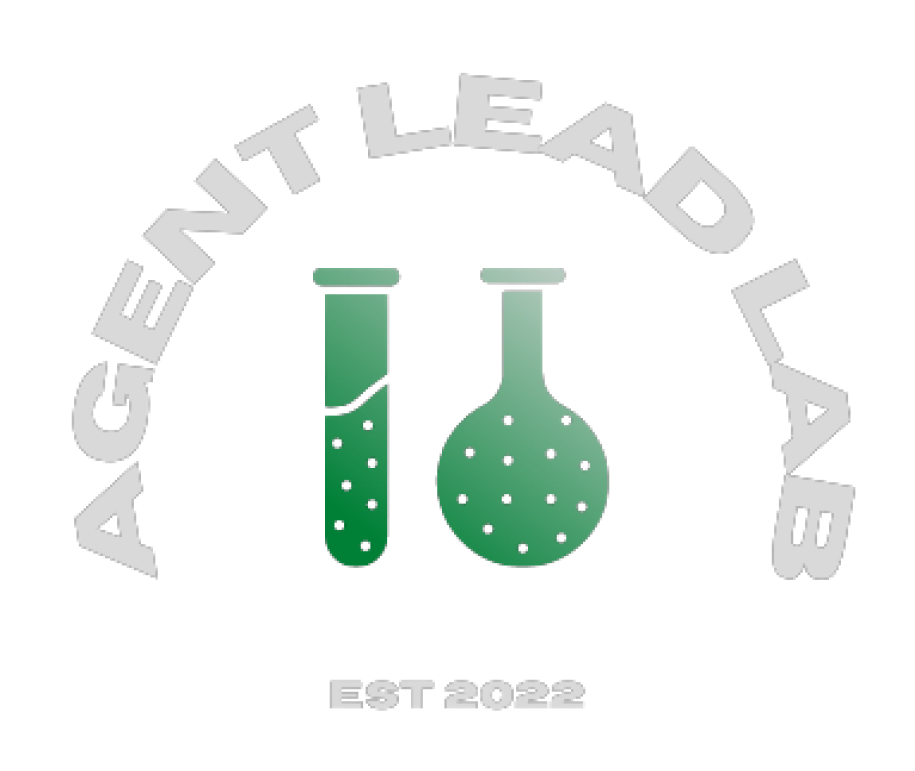Blogs and Articles
Get Your Free Copy of Phone Script

The Impact of Personalization on Lead Generation
The Impact of Personalization on Lead Generation
Lead generation is the process of attracting and converting prospects into potential customers for your business. It’s a crucial step in any sales or marketing strategy, as it helps you grow your customer base and increase your revenue.
However, lead generation is not a one-size-fits-all approach. You can’t expect to generate leads by using generic or irrelevant messages that don’t resonate with your target audience. You need to tailor your approach to match the preferences and interests of your prospects and provide them with a personalized experience that makes them feel valued and understood.
This is where personalization comes in. Personalization is the practice of creating customized and relevant experiences for each individual prospect, based on their characteristics, behaviors, and needs. By using personalization, you can increase the effectiveness and efficiency of your lead generation efforts and generate more high-quality leads that are more likely to convert into paying customers.
In this blog post, we’ll explore the impact of personalization on lead generation, and how you can use it to create a competitive edge for your business. We’ll cover:
· The benefits of personalization for lead generation
· The challenges of personalization for lead generation
· The best practices for personalization for lead generation
📍The benefits of personalization for lead generation
Personalization has many benefits for lead generation, both for your business and your prospects. Some of the main benefits are:
🎯Increased engagement:
Personalization can help you capture and retain the attention of your prospects, by providing them with relevant and valuable information that matches their needs and interests. By doing so, you can increase their engagement with your brand, and encourage them to take action.
🎯Improved segmentation:
Personalization can help you segment your prospects into smaller groups based on their shared characteristics or behaviors. This way, you can tailor your approach to each specific group, rather than treating everyone the same. By doing so, you can improve the relevance and effectiveness of your messages and increase the chances of conversion.
🎯 Built trust and loyalty:
Personalization can help you build trust and loyalty with your prospects, by showing them that you understand their unique needs and preferences, and that you care about providing them with the best solution. By doing so, you can establish a strong relationship with them, and position yourself as a helpful and reliable source.
🎯Increased conversion rates:
Personalization can help you increase your conversion rates, by providing your prospects with a seamless and frictionless experience that guides them through the customer journey. By doing so, you can reduce the barriers that might prevent them from converting, and increase their motivation and confidence to buy from you.
🎯Improved ROI:
Personalization can help you improve your return on investment (ROI), by helping you generate more leads with less effort and cost. By using personalization, you can optimize your lead generation strategy based on data and feedback, and focus on the most effective channels, messages, and offers.
📍The challenges of personalization for lead generation
Personalization is not without its challenges. To implement personalization effectively for lead generation, you need to overcome some common obstacles such as:
🎯Data collection:
To personalize your approach, you need to collect data on your prospects, such as their demographic information, purchasing behavior, pain points, goals, etc. However, collecting data can be difficult due to privacy regulations, data quality issues, or lack of consent.
🎯Data analysis:
To personalize your approach, you need to analyze the data you collect on your prospects, such as identifying patterns, trends, segments, etc. However, analyzing data can be complex due to the large volume, variety, and velocity of data.
🎯Data integration:
To personalize your approach, you need to integrate the data you collect and analyze on your prospects across different platforms and tools, such as your website, email marketing tool, CRM system, etc. However, integrating data can be challenging due to compatibility issues or technical limitations.
🎯Content creation:
To personalize your approach, you need to create content that matches the preferences and interests of each individual prospect or segment. However, creating content can be time-consuming due to the need for research, writing, design, and testing.
🎯Content delivery:
To personalize your approach, you need to deliver content that reaches your prospects at the right time, place, and device. However, delivering content can be tricky due to the dynamic and unpredictable nature of your prospects’ behavior and preferences.
📍The best practices for personalization for lead generation
Despite the challenges, personalization is worth the effort for lead generation. To help you overcome the obstacles and achieve the benefits, here are some of the best practices for personalization for lead generation:
🎯Understand your target audience:
The first step to personalization is to understand your target audience, who they are, what they need, and what they want. To do this, you can use various methods such as market research, customer surveys, customer interviews, customer personas, etc. The goal is to create a deep understanding of your target audience and what motivates them to take action.
🎯Segment your audience for personalization:
The next step to personalization is to segment your audience into smaller groups based on their shared characteristics or behaviors. This way, you can tailor your approach to each specific group, rather than treating everyone the same. To do this, you can use various criteria such as demographic information, purchasing behavior, psychographic information, etc. The goal is to create segments that are relevant, meaningful, and actionable.
🎯Create personalized content:
The third step to personalization is to create content that matches the preferences and interests of each individual prospect or segment. This includes creating personalized headlines, images, videos, copy, calls-to-action, etc. To do this, you can use various tools such as dynamic content, personalized landing pages, lead magnets, etc. The goal is to create content that is engaging, valuable, and persuasive.
🎯Deliver personalized content:
The final step to personalization is to deliver content that reaches your prospects at the right time, place, and device. This includes choosing the right channels, platforms, and formats for your content. To do this, you can use various tools such as email marketing, social media marketing, retargeting ads, etc. The goal is to create a seamless and frictionless experience that guides your prospects through the customer journey.
📍Conclusion
Personalization is a powerful technique for lead generation. By providing personalized experiences for your prospects, you can increase engagement, improve segmentation, build trust and loyalty, increase conversion rates, and improve ROI.
However, personalization is not easy. You need to overcome some challenges such as data collection, data analysis, data integration, content creation, and content delivery.
To help you with that, we’ve shared some of the best practices for personalization for lead generation, such as understanding your target audience, segmenting your audience for personalization, creating personalized content, and delivering personalized content.
By following these best practices, you can create a competitive edge for your business and generate more high-quality leads that are more likely to convert into paying customers.
If you need help with personalization for lead generation, feel free to contact us. We’re a team of experts who can help you create and implement a personalized lead generation strategy that works for your business.

Our Company
Our Offer
Final Expense
Advance Market
CONTACT info
5810 Shelby Oaks Drive
Memphis TN 38134
+1 (878) 978-2574
Office Hours: 8AM - 8PM
Monday - Friday
©2025 Insurance website. All Rights Reserved.

Our Offer
CONTACT info
5810 Shelby Oaks Drive
Memphis TN 38134
+1 (878) 978-2574
Office Hours: 8AM - 8PM
Monday - Friday
